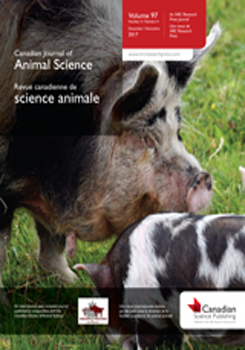The present study explored the potential for the production of canola meal (CM) fractions of different chemical and nutritive composition. Three meals from conventional black- and yellow-seeded Brassica napus and Brassica juncea canola were subjected to sieving. The use of sieves from 250 to 600 µm resulted in the production of fractions fine 1, fine 2, medium, and coarse. When compared with the parent meals, the content of total dietary fiber of fractions fine 1 and 2 decreased from 300 to 214 and 267 g kg−1 for conventional CM, 270 to 216 and 234 g kg−1 for B. napus yellow, and 255 to 153 and 187 g kg−1 for B. juncea meal. Crude protein increased from 368 to 420 and 396 g kg−1 for conventional CM, 410 to 436 and 430 g kg−1 for yellow CM, and 423 to 479 and 468 g kg−1 for B. juncea meal. The effects of three parent meals and their respective fractions fine 1 and 2 were evaluated in a growth performance experiment with broiler chickens. There was no significant effect of CM diets on growth performance indicating that CM and its low-fiber fractions could effectively replace soybean meal in diets for young poultry.
How to translate text using browser tools
13 April 2017
Fractionation of canola meal using sieving technology
Gustavo A. Mejicanos,
Anna Rogiewicz,
Charles M. Nyachoti,
Bogdan A. Slominski
ACCESS THE FULL ARTICLE
It is not available for individual sale.
This article is only available to subscribers.
It is not available for individual sale.
It is not available for individual sale.
Broiler chicken
canola meal
décorticage
dehulling
dietary fiber
fibres alimentaires
fractionation





